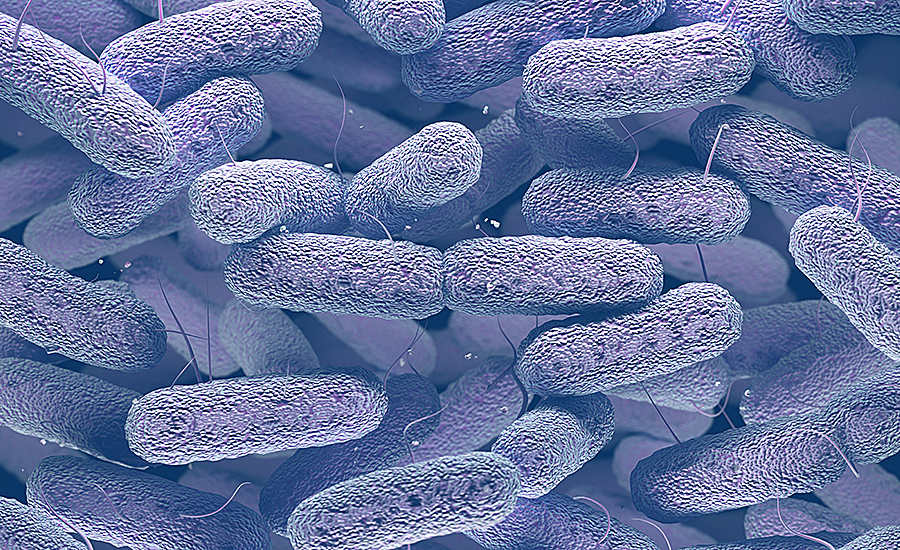The U.S. Department of Agriculture’s Food Safety and Inspection Service (FSIS) recently announced plans to plans to significantly expand its routine verification testing for Shiga toxin-producing Escherichia coli (STECs), which includes the six non-O157 strains O26, O45, O103, O111, O121 and O145. Inspectors will now begin sampling bench trim, ground beef and raw ground beef components (which includes head meat, cheek meat, weasand (esophagus) meat, product derived from advanced meat recovery (AMR) systems, partially defatted chopped beef and partially defatted beef fatty tissue, LFTB (Lean Finely Textured Beef), and heart meat). FSIS aims to collect and analyze at least 48 samples per year from each establishment producing greater than 50,000 pounds per day of ground beef or beef manufacturing trimmings.
According to the Federal Register notice, the projected annual cost for testing beef trimmings for non-O157 STEC is $42.2 million, of which industry is expected to incur $42.1 million. The projected industry cost of expanding non-O157 STEC testing to all other raw beef products is another $5.9 million. Certainly, the industry is amenable to making costly food safety improvements, but what is the cost-benefit analysis? To determine that, an analysis of the recall data may help.
The six non-O157 STECs were declared by FSIS to be adulterants on Sept. 20, 2011. Since that date nearly a decade ago, there have been only 18 recalls of USDA-regulated products because of the presence of non-O157 STECs. Notably, over the same 10-year period, there have been more than 400 recalls of USDA-regulated products for the presence of undeclared allergens, more than 250 recalls for the presence of more prevalent pathogens such as Listeria monocytogenes, Salmonella and E. coli O157:H7, and more than 100 recalls for the presence of foreign materials. The disparity in numbers may raise questions about the utility of expanding non-O157 STEC testing, and whether those resources would be better utilized elsewhere.
By way of statistics, since 2011 there have been eight recalls of USDA-regulated products involving E. coli O103, five recalls involving E. coli O26, four recalls involving E. coli O121, four recalls involving E. coli O45, two recalls involving E. coli O111 and two recalls involving E. coli O145. Notably, many of the products recalled were contaminated with multiple strains. In 2014, beef skirts were recalled after they were found to be contaminated with E. coli O111, E. coli O121, E. coli O145, E. coli O45 and E. coli O103. The largest recall, in 2013, was for 10.5 million pounds. The smallest recall, in 2018, was for 489 pounds.

Though more testing will almost certainly lead to an increase in recalls, it remains to be seen whether the expanded testing program will make food any safer, or just more costly. For now, we recommend that companies review their recall insurance, supplier agreements and sampling programs to ensure they are adequately protected against liability in the event of a recall triggered by the expanded testing program. NP




Report Abusive Comment